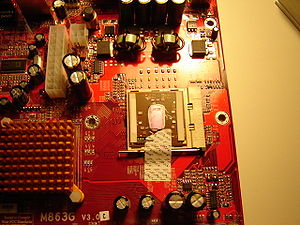
1. DVD recorders in the closet should be on already and should not be turned off. If the power happens to be off, press the power button to turn the machine on, but there is a time lag of 5-10 minutes before the machine is ready to record.
2. Press the [OPEN/CLOSE] button to open the DVD drive bay and insert the DVD-Ram disk. Do not use DVD-R, DVD-RW, or CD-RW disks.
3. Press the [OPEN/CLOSE] button again to close the drive.
4. Press the [CHANNEL UP / DOWN] button to set the recorder to your office channel.
5. Press the [RECORD] button to begin recording.
6. Flip the camera switch in your office to [ON] after the client gives their consent to be recorded.
7. When recording is finished, press the [STOP] button.
8. Press the [OPEN/ CLOSE] button to open the drive door and remove the disk from the drive. Press the [OPEN/ CLOSE] button again to close the drive






